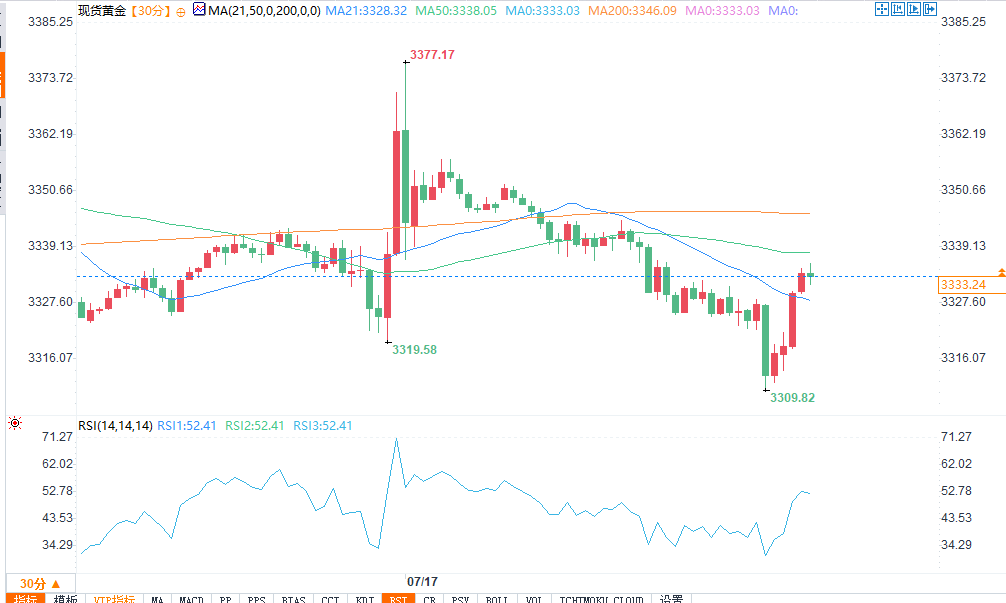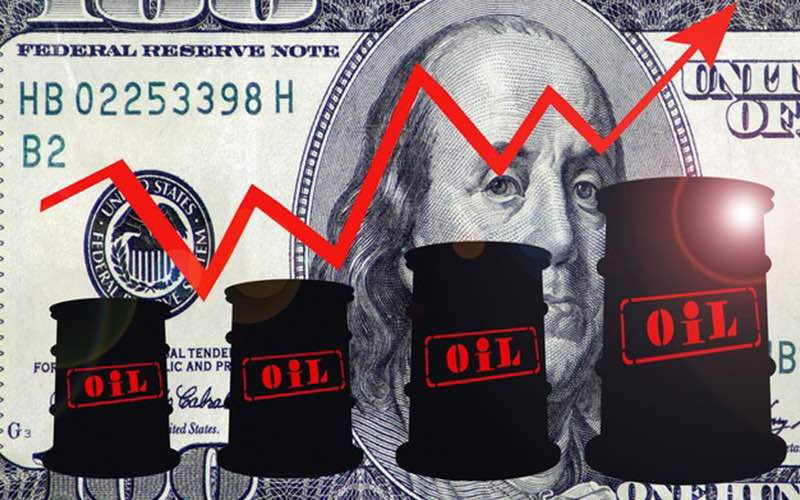Gold prices fell as U.S. retail sales rebounded strongly in June
2025-07-17 23:26:28

Specifically, sales at motor vehicle and parts dealers increased 1.2%, a significant rebound from a sharp decline of 3.8% in May. Grocery retailers saw sales surge 1.8%, and clothing and accessories stores and building materials and garden equipment retailers also recorded significant growth. However, department store sales fell 0.8%, and sales at electronics and furniture stores fell slightly.
The strong performance reflects the resilience of the U.S. consumer amid high interest rates and tariff uncertainty. "Talk of the 'death' of the consumer is greatly exaggerated," said Chris Zaccarelli, chief investment officer at Northlight Asset Management. "The strong retail sales data shows that consumers are still spending, driving economic growth."
Ben Ayers, senior national economist, further noted that delayed tariff price increases and solid income growth continued to support consumption, although consumer sentiment softened somewhat on concerns about tariff-induced price increases.
The strong performance of retail sales provides a solid foundation for GDP growth in the second quarter, but analysts are cautious about the second half of the year. ING pointed out that retail sales account for about 42% of consumer spending, and the consumption trend in 2025 has slowed significantly after the strong growth in the post-epidemic period. Consumer confidence has weakened due to concerns about price increases caused by tariffs, and the cooling of the labor market (the number of applications for unemployment benefits continued to rise to 19.56 million) may limit future consumption growth.
Gold market reaction: Prices fall below key support

(Source of spot gold half-hour chart: Yihuitong)
The gold market quickly came under pressure after the release of strong retail sales data. Spot gold prices fell to $3,331.90 per ounce during the session, down about 0.46% on the day. The gold market struggled at key short-term support levels, reflecting the market's reassessment of the resilience of the U.S. economy and expectations for the Federal Reserve's monetary policy.
Analysts pointed out that strong retail data may strengthen the Fed's neutral monetary policy stance. ING believes that the solid performance of retail sales and employment data in June, as well as lower-than-expected import prices (only 0.1% in June, lower than the expected 0.3%), indicate that the Fed has no urgent need to cut interest rates immediately. This puts pressure on gold prices, as high interest rates and a stronger dollar usually weaken the attractiveness of gold as an interest-free asset.
Potential support for the gold market
Although gold prices are under pressure in the short term, some analysts believe that in the long run, inflationary pressures caused by tariffs and geopolitical uncertainties will continue to support gold prices.
Metals Focus analysis said that despite the volatility of investor sentiment, gold prices are expected to remain around $3,300 per ounce for the rest of 2025, supported by economic uncertainty and high tariff policies. The World Gold Council (WGC) further predicted that soaring US debt and increasing fiscal instability will push gold prices to $3,600 by the end of 2025.
In addition, Reuters reported that geopolitical tensions and the United States' hawkish stance on trade tariffs provided safe-haven demand for gold. Market uncertainty provided some support for gold. However, strong retail data and a stronger dollar in the short term temporarily overshadowed these positive factors.
CIBC expects gold prices to reach $3,600 by the end of the year, driven by emerging market central banks increasing their gold reserves and geopolitical risks. However, in the short term, gold needs a new catalyst to break through the current resistance level due to slowing ETF inflows and a reduction in net longs in the futures market.
- Risk Warning and Disclaimer
- The market involves risk, and trading may not be suitable for all investors. This article is for reference only and does not constitute personal investment advice, nor does it take into account certain users’ specific investment objectives, financial situation, or other needs. Any investment decisions made based on this information are at your own risk.










